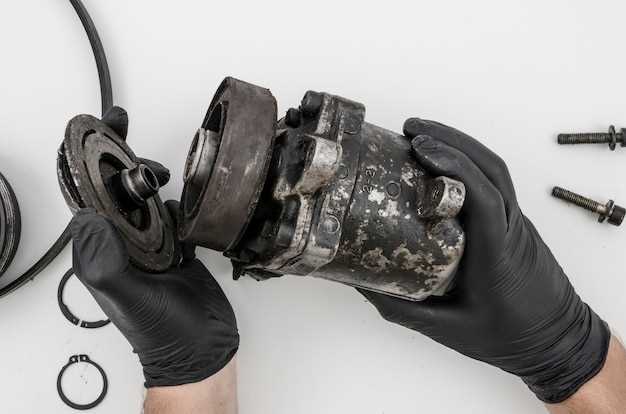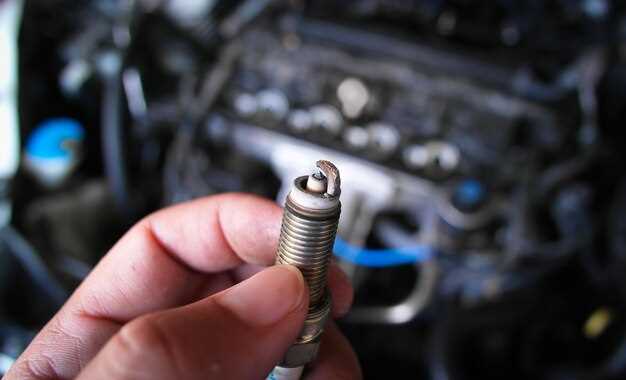
Regular maintenance of your vehicle is crucial for optimal performance, and one of the key components that deserves attention is the spark plugs. These small yet vital pieces play a significant role in the engine’s efficiency by igniting the air-fuel mixture, ensuring smooth and reliable operation. Understanding how often to change your spark plugs can prevent potential engine issues and save you money on repairs.
Most manufacturers recommend checking spark plugs every 30,000 to 100,000 miles, depending on the type of plugs used. Traditional copper spark plugs generally require more frequent replacements, while platinum or iridium plugs can last longer, providing a more enduring performance. Timely replacement not only maintains the engine’s power but also helps in optimizing fuel economy and reducing harmful emissions.
Neglected spark plugs can lead to poor engine performance, misfiring, and even damage to other engine components. Regular inspections and replacements can significantly enhance your engine’s longevity and efficiency. Keeping a close eye on your spark plugs is essential for any vehicle owner who wishes to maintain their engine’s health.
Recommended Replacement Intervals for Spark Plugs

Regular maintenance of your vehicle’s engine is crucial for optimal performance, and one key component in this maintenance is the spark plugs. The recommended replacement intervals for spark plugs can vary depending on several factors, including the type of plugs used, the engine design, and driving conditions.
For conventional copper spark plugs, it is typically advised to replace them every 20,000 to 30,000 miles. These plugs can wear down faster and may lead to decreased engine performance if not replaced on time.
In contrast, iridium or platinum spark plugs offer a longer lifespan, generally lasting between 60,000 to 100,000 miles. These materials provide better durability and heat resistance, ensuring consistent engine performance over extended periods.
Additionally, if you frequently drive in harsh conditions–such as extreme temperatures, heavy traffic, or frequent short trips–consider replacing your plugs more often to maintain optimal engine efficiency. It is also recommended to consult your vehicle’s owner manual, as manufacturers often provide specific guidelines tailored to their engines.
In summary, adhering to the recommended replacement intervals for spark plugs is vital to avoid potential performance issues in your engine. Regular checks and timely replacements will help ensure your vehicle runs smoothly and efficiently for years to come.
Signs That Indicate it’s Time to Change Spark Plugs

Regular maintenance of your vehicle is crucial for optimal engine performance, and one key component to monitor is the spark plugs. Here are several signs that can indicate it’s time to change your spark plugs.
One of the most noticeable symptoms of worn spark plugs is difficulty starting the engine. If the engine struggles to turn over or requires multiple attempts to start, it may be due to ineffective spark plugs failing to ignite the fuel-air mixture efficiently.
An engine that misfires can also signal that spark plugs need replacement. Misfires can be characterized by a rough idle, diminished acceleration, or a noticeable loss of power. If you experience these issues, it is essential to inspect the plugs, as they might not be generating the necessary spark.
Another indication comes in the form of increased fuel consumption. If you find yourself filling up your tank more frequently than usual, it could be linked to faulty spark plugs that reduce combustion efficiency, leading to poor fuel economy.
Moreover, pay attention to any unusual engine performance or strange noises. If the engine feels rough or produces knocking sounds, it may suggest that the spark plugs are no longer functioning correctly, causing irregular firing in the engine cylinders.
Lastly, check the appearance of the spark plugs themselves. If they look worn, dirty, or have excessive carbon buildup, it’s a strong indicator that they should be replaced to ensure the engine operates effectively.
Impact of Worn Spark Plugs on Engine Performance
Worn spark plugs can significantly degrade engine performance, leading to a variety of issues that affect overall vehicle operation. As spark plugs age, their ability to create a strong spark diminishes, which directly impacts the combustion process within the engine’s cylinders.
One of the main consequences of worn spark plugs is misfiring. When a spark plug fails to ignite the air-fuel mixture effectively, it can cause incomplete combustion. This misfire not only leads to a reduction in power output but also increases emissions, making the engine less efficient. Drivers may notice a rough idle, stalling, or difficulty in acceleration as a result of this issue.
Furthermore, worn spark plugs can lead to higher fuel consumption. An inefficient combustion process forces the engine to work harder to maintain power, ultimately resulting in excessive fuel use. This can increase overall operating costs and reduce fuel economy, which are critical factors for vehicle owners.
Additionally, damaged spark plugs can cause engine knocking or pinging. This occurs when the fuel mixture detonates prematurely due to poor ignition timing affected by faulty spark plugs. Such knocking can lead to severe engine damage over time, requiring costly repairs.
Regular inspection and timely replacement of spark plugs are vital for maintaining optimal engine performance. By ensuring that spark plugs are in good condition, drivers can avoid these negative impacts and promote smoother, more efficient vehicle operation.

